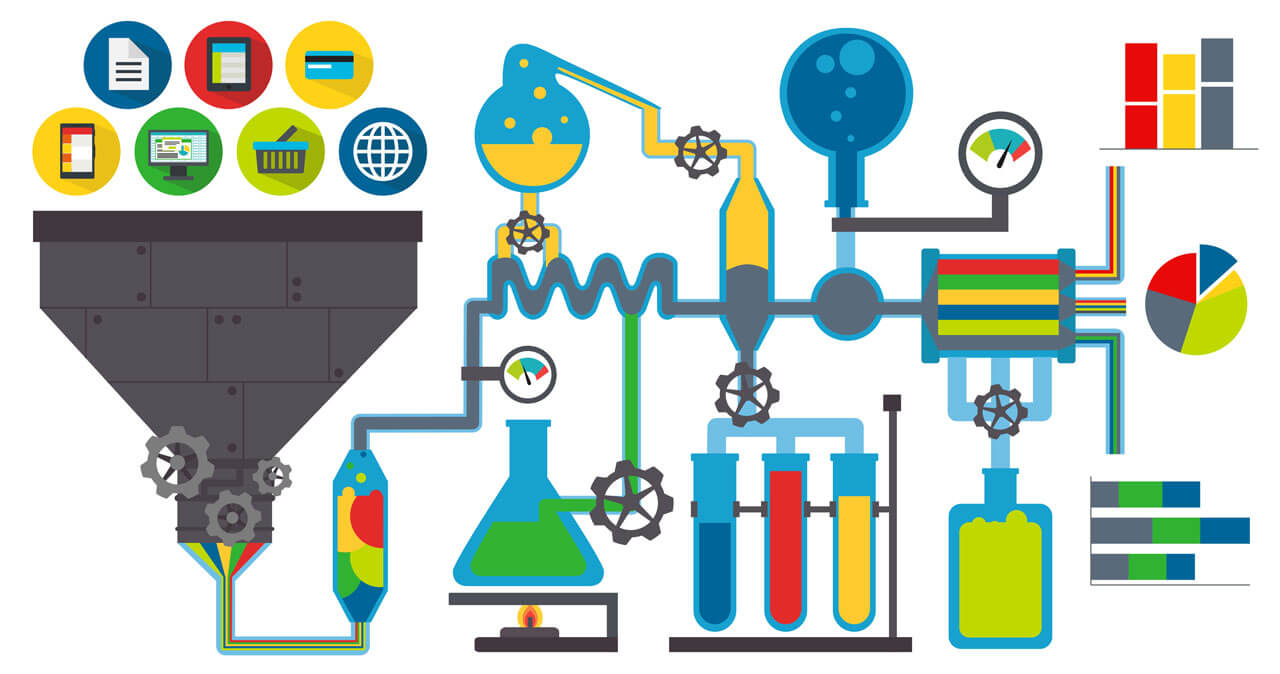It’s often easy to overlook the obvious. As a team member of Trellance, a company that integrates all of the disparate data sources within a credit union into a single source of truth, I have failed to recognize the value of all the data available to credit unions. At a 2015 CUNA CFO Council Conference, I attended a session presented by Bill Goedken, President & CEO of Idea5, entitled “Mining Gold – New Trends and Discoveries in ‘Big Data’ That Will Help Your Credit Union Compete.” During Bill’s session, he discussed the ways credit unions can leverage external data to better serve their members. While both internal and external data are extremely valuable, the combination of the two is where the real value lies.
The Value of Internal Data for Credit Unions
The integration of all internal data sources enables credit unions to gain a complete view of their members. With all of a member’s data in one spot, a credit union can get to know their member base without ever physically interacting with them. Analysis of a member’s loan history, credit card transactions, deposit history, direct deposit registration, etc., enables credit unions to look beyond simplistic tools such as FICO scores and make more precise decisions that better serve their members. For example, many younger members are often deemed not creditworthy using the old standards established by FICO. However, taking a closer look using data analytics may uncover member behavior that tells a different story. A Millennial may have a poor credit score, but possess behavioral patterns that suggest they are, in fact, credit-worthy. For example, one could consider the following:
- Deposit History – Do they make deposits and increase their savings regularly? Is the member signed up for direct deposit?
- Online/Mobile Activity – Does the member log on to check their financial situation on a regular basis or do they ignore it? Do they use the Personal Financial Management (PFM) tool that their credit union offers?
- Transaction History – Where does the member shop? Do they shop at stores that are typically frequented by credit-worthy members such as Macy’s, or do they shop at places like Walmart?
The Value of External Data for Credit Unions
External data and internal data are equally beneficial. External data provides valuable insights to member behavior that would typically be hidden from the credit union. Information outside of the credit union such as world events, the current economic/business cycle, governmental affairs, technological advances, new statistics, and social media can all be leveraged. Behavior (data) outside of the credit union may make younger members more creditworthy just as internal data does. Credit unions can analyze a member’s behavior by exploring external data sources such as:
- Social Media Trends – What does the member like on Facebook or follow on Twitter? Does this member have similar social behavior to members with great credit?
- New Statistics – What new information is available about the member or member group? For example, has there been a new study conducted that shows this member group is more financially responsible than the generation before?
- Economic Environment – Is the member actually as risky as the FICO score says they are? The FICO score and other similar models fail to incorporate business cycles and how they affect the probability of default.
The Value of the Both Combined
While both internal and external data provide great value, the combination of the two is where the real value lies. The ability to get a complete view of a member’s behavior, and how it correlates to their financial well-being, allows credit unions to better serve their members and improve financial performance. Data enables credit unions to explore new opportunities that were typically overlooked in the past. Just because a member has a 650 credit score doesn’t mean they aren’t actually a 750 based on their behavior. Revealing this type of information allows credit unions to offer lower interest rates to the “650-tier” while generating more net interest income by undercutting their competitors’ rates that have priced those members out.
Data provides little-to-no value to a credit union if they don’t have the means to integrate, store, and analyze it. A prerequisite for developing insights from member behavior is a well-maintained database with as much transactional detail as possible. A well-maintained database (e.g., a data warehouse) allows credit unions to serve their members better by enabling them to perform predictive analytics and other types of analytic modeling. Without a data warehouse, the data is far too difficult to analyze. Learn more about solutions to help your credit union get better insights from it’s various data sources, download the Trellance Product Portfolio pdf.










